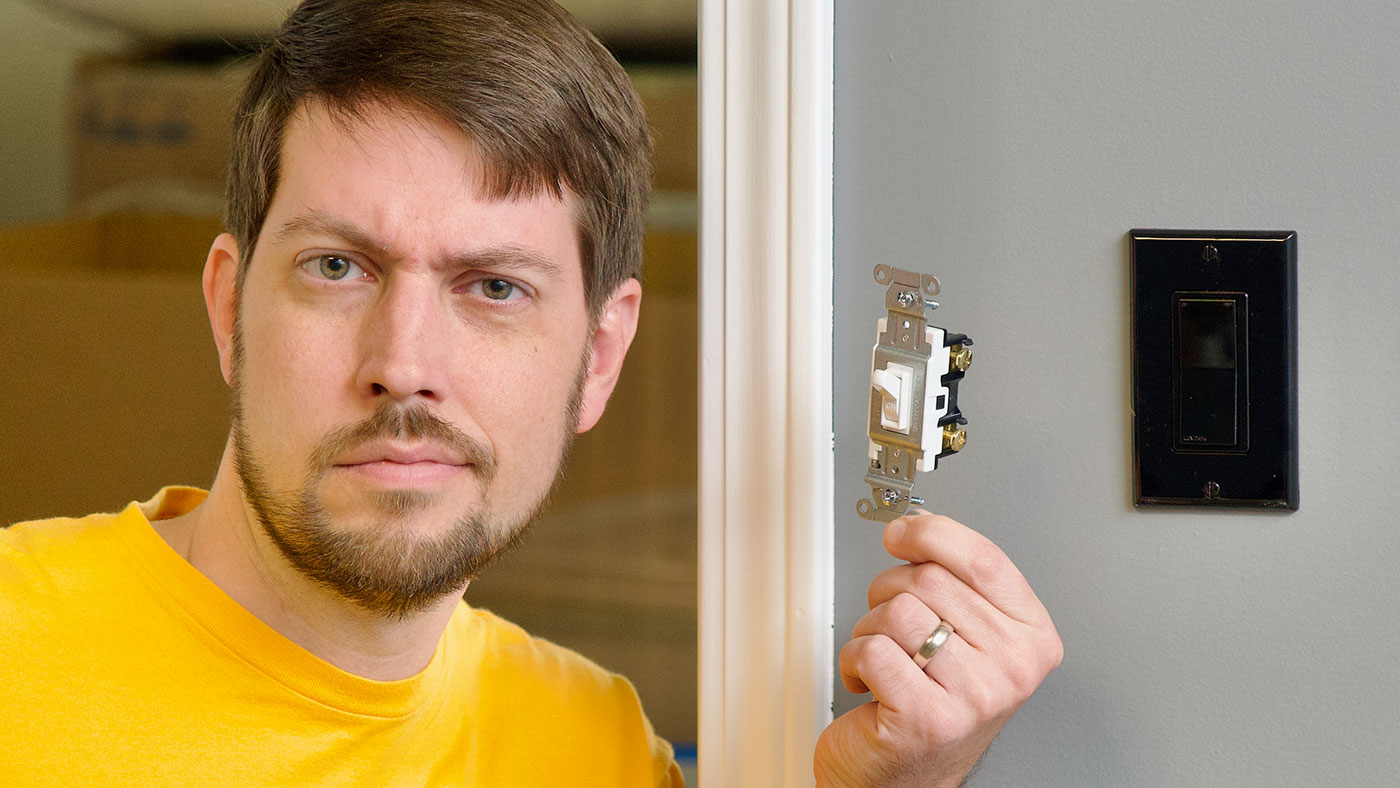
There are far too many smart home devices which make using a device harder. Like a light switch and light bulb that requires a wireless connection to a hub in order to control the lights.
Before, you could flick a switch, and a light would come on.
Now, you have to ensure the light has power, the switch has power, and the hub has power. And the wireless connection between switch, hub, and light needs to be reliable. And the hub can't lock up or go offline. And if it's anything like most modern IoT devices, the hub needs a reliable Internet connection and cloud account, or things will start failing at some point.
That's dumb.
And that's just light switches. Can you imagine relying on this kind of 'smarts' for essential services in your home, like HVAC, water supply, etc.?
To be truly 'smart', I follow three principles for home automation. Every smart device must be:
- Local
- Private
- Additive
Local, meaning all communication must happen on a local network (wired, wireless... it must never need an Internet connection for any functionality).
Private, meaning there should be no cloud account required for any functionality. Nor should any of my usage data ever flow out to the Internet.
Additive, meaning all base functionality must work, regardless of Internet access, local network conditions, etc.
For example, the Leviton Zigbee light switches I use are light switches.
They turn lights on, and turn lights off. You can always turn on and off your light by physically pressing the light switch paddle. No wireless connections required.
They also include a zigbee radio inside so I can add smarts to the switches if I want. But all functionality is available locally at the switch, and they will work regardless of any other automation or smart system.
In my 8th office moving vlog, I walk through how I'm setting up my new office using these smart home automation principles (Local, Private, Additive) using a Home Assistant Yellow:
Comments
I see it like this: every single device I add might become a risk (failure, security whatever). In fact, every device brings a couple of new risks. So if there are more devices, the risks of all of them multiply. Few robust devices: not many risks. Many not-so-robust devices: endless queue of risks.
This sounds to me like designing for fragility. And what is the reason? Comfort. Now comfort and robustness are two different ends of the same line: if I want more of the one, I get less of the other. Switching manually is the most robust design, but the least comfortable. Please point me to where this doesn't apply because I'm looking for cases where it doesn't, and cannot find any.
If you would like to look at smart devices to control your home/office I would look at KNX.
Yes, it's is license on the programming tool. But you get so many options. 500 ++ manufacturers.
https://www.knx.org/knx-en/for-professionals/community/manufacturers/
And everything works together.
Homeassistens supports KNX, openhab and many more.
I use devices from ABB, Elsner, mdt, zennio
https://www.elsner-elektronik.de/en/knx-bus-system.html
Yes, the devices cost more than a dumb switch. But the are not dumb, and KNX is now 30 years old. And we can use new devices with old devices. So for somthing that just work at youre home or office please take the time and look at KNX
A pity Levitons are US-only. I would love to learn about a manufacturer like this that does EU-compatible plugs and switches.
Plugs are not a hard problem, actually. Many of TuYA-compatible ones just pair with any coordinator using zigbee2mqtt and work. Finding switches that fall back on being dumb switches is a problem.
Hi Jeff,
I don´t know if you have already covered it earlier but do you use remote access to your Home Assistant installation and if yes, how did you handle the security side of things. I would really like to move as much stuff as possible to HA so I can get rid of my Philips HUE hub for example but I do want to keep remote access to the lights and other devices.
Thanks for the great information!
I have a Wireguard VPN at my home, and another at my office. If I need to remote in I activate the VPN, then in the Home Assistant app I can switch locations to the office and manage things remote.
It's not always that simple though, you might need to either pay Nabu Casa for the cloud access, or use another solution like Tailscale, Twingate, or Cloudflare Tunnels.
Nice
Hi
Hello there.
Hello, I have a small question about the smart switch (I haven't used it yet).
If you turned the switch (and the light) on, then the light was turned off via other method, what status is the switch? Is it on or off?